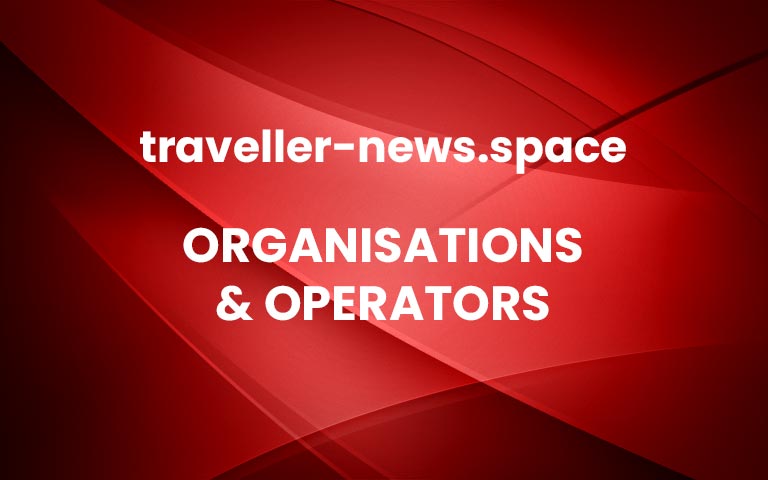Emirates marks 15 Years of Operations to Senegal
Emirates, the world’s largest international airline, is celebrating 15 successful years of flying to Dakar, Senegal. Since the inaugural flight in 2010, Emirates has played a pivotal role in connecting passengers and trade from Senegal, with its vast global network, via Dubai. Emirates first began operations to Dakar in 2010, operating an Airbus A340-300 with […] More


